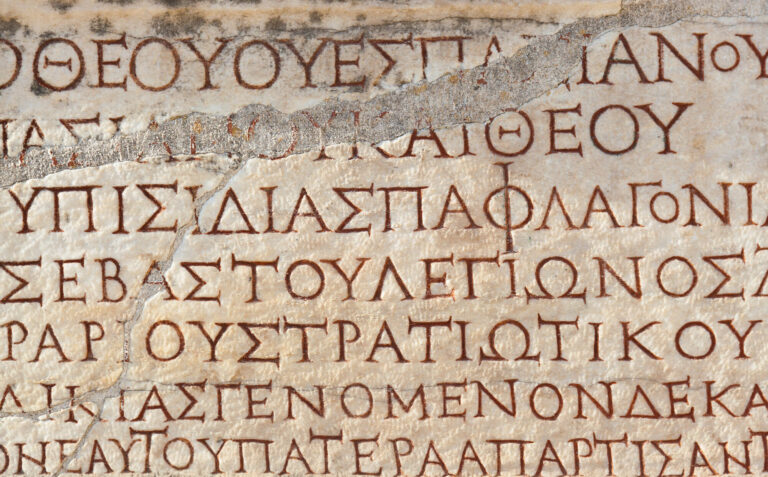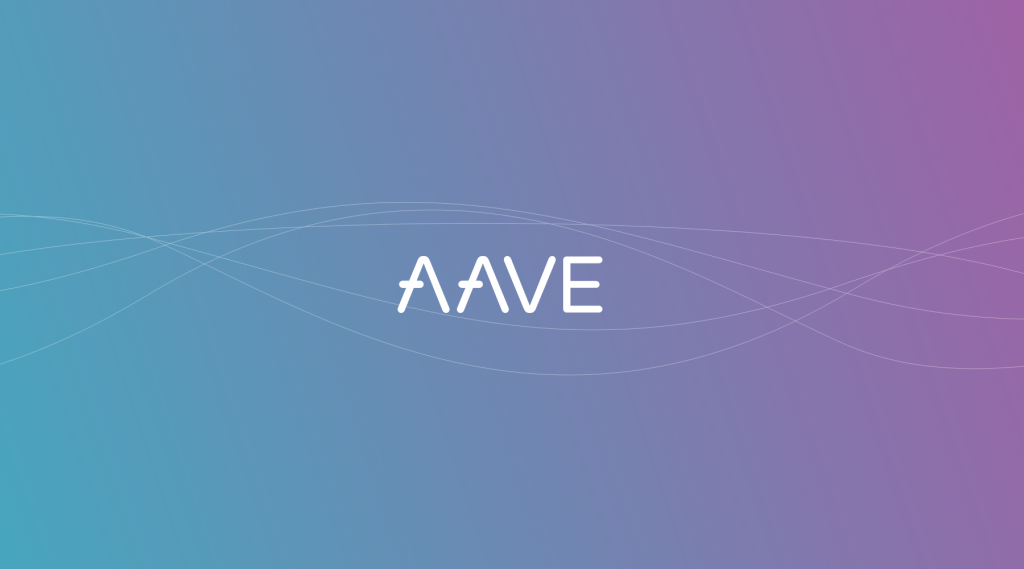Greeks are an important risk management tool in finance. They are mainly used in the area of derivative options. Greeks are named after the Greek letters they represent, and each Greek measures a different aspect of an option's risk.
Greeks measure the sensitivity of the value of a portfolio to small changes in the underlying parameters. This allows the individual components to be treated in isolation and the portfolio to be rebalanced accordingly. For this reason, Greeks are a very useful tool for derivatives traders who want to hedge their portfolios against adverse market changes.
How Greeks are used
As far as cryptocurrencies are concerned, these Greeks can be used to trade options on the crypto market as well as on traditional financial markets. Options on cryptocurrencies provide traders and investors with additional tools for risk management and speculation. Analyzing Greeks helps participants understand and manage the risks associated with their crypto options positions, taking into account factors such as price changes, volatility, time decay and interest rate movements.
The main Greeks used for hedging purposes are Delta, Gamma, Theta, Vega and Rho.
- Delta (price): Delta indicates by how much the price of an option will change if the underlying asset changes by one unit in price. Call options can have a delta between 0 and 1, and put options can have a delta between 0 and -1.
- Gamma: Gamma indicates how much the delta changes when the price of the underlying asset changes by one unit.
- Theta (time): Theta describes the loss in value of an option over the term and indicates by how much the value of a call or put is reduced per day.
- Vega (volatility): Vega indicates by how much the value of our portfolio changes when the underlying asset changes. A high vega indicates that the portfolio/option reacts very strongly to fluctuations in the underlying asset.
- Rho: Rho is the sensitivity to changes in interest rates. It indicates by how much the option changes in value if the interest rate changes by 1%.









